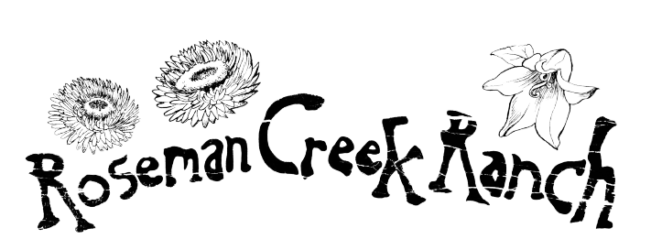EWG’s 2012 Shopper’s Guide to Pesticides in Produce™
Eat your fruits and vegetables! The health benefits of a diet rich in fruits and vegetables outweigh the risks of pesticide exposure. Use EWG’s Shopper’s Guide to Pesticides™ to reduce your exposures as much as possible, but eating conventionally-grown produce is far better than not eating fruits and vegetables at all. The Shopper’s Guide to Pesticides in Produce™ will help you determine which fruits and vegetables have the most pesticide residues and are the most important to buy organic. You can lower your pesticide intake substantially by avoiding the 12 most contaminated fruits and vegetables and eating the least contaminated produce.
This year we have expanded the Dirty Dozen™ with a Plus category to highlight two crops — green beans and leafy greens, meaning, kale and collard greens – that did not meet traditional Dirty Dozen ™criteria but were commonly contaminated with highly toxic organophosphate insecticides. These insecticides are toxic to the nervous system and have been largely removed from agriculture over the past decade. But they are not banned and still show up on some food crops.
Commodity crop corn used for animal feed and biofuels is almost all produced with genetically modified (GMO) seeds, as is some sweet corn sold for human consumption. Since GMO sweet corn is not labeled as such in US stores, EWG advises those who have concerns about GMOs to buy organic sweet corn.
Dirty Dozen Plus™Buy these organic
1 Apples
2 Celery
3 Sweet bell peppers
4 Peaches
5 Strawberries
6 Nectarines imported
7 Grapes
8 Spinach
9 Lettuce
10 Cucumbers
11 Blueberries domestic
12 Potatoes
Plus
+ Green beans
+ Kale/Greens
+ May contain pesticide residues of special concern
Clean 15™Lowest in Pesticide
1 Onions
2 Sweet Corn
3 Pineapples
4 Avocado
5 Cabbage
6 Sweet peas
7 Asparagus
8 Mangoes
9 Eggplant
10 Kiwi
11 Cantaloupe
12 Sweet potatoes
13 Grapefruit
14 Watermelon
15 Mushrooms
